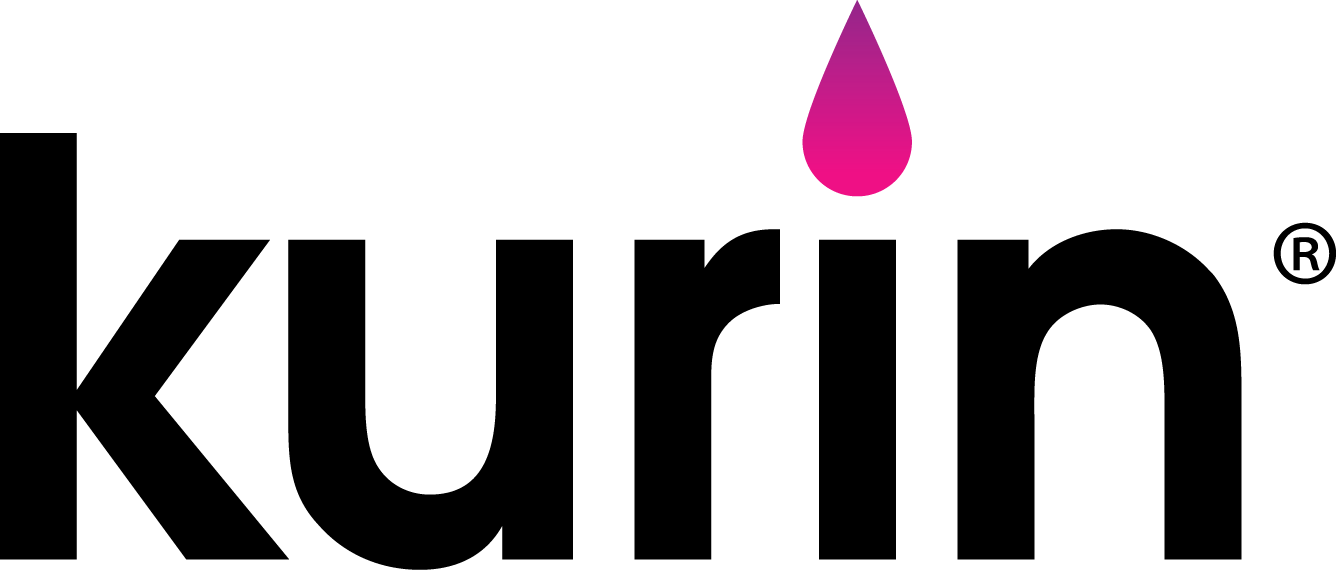Clinical results of Kurin specimen diversion technology signal a shift in the blood culture collection standard of care.
In recent months the team at Kurin, Inc., manufacturer of the only FDA cleared blood culture diversion device, has received a wealth of clinical data from early adopter hospitals. In May, Crouse Hospital in Syracuse, NY, published a 56% overall reduction in contaminated blood cultures inclusive of all cultures drawn with or without the device. When a Kurin set was used in the blood collection, Crouse saw an 89% reduction in contaminated blood cultures. A month later, Bayfront Health presented a 54% overall reduction and a 90% reduction in contaminated cultures when Kurin was used. In both cases, the hospitals were already below the 3% national contamination rate benchmark when they began using Kurin. By addressing skin contaminants using Kurin’s passive diversion technology, the hospitals drove their overall contamination rates down to 0.8% and 1.2% respectively.
Commenting on the results, Kurin CEO Bob Rogers said, “For a decade, hospitals have been striving to achieve 3% contamination rates per industry guidance, yet it is now clear that 3% is far too lax a goal. With best practice compliance and specimen diversion for every collection, clinical data establishes that hospitals can maintain contamination rates of 1% or less, and save significantly by reducing unneeded treatment.” Indeed, Crouse and Bayfront reported annual cost savings of $185,000 and $430,000, respectively.
The founders of Kurin are familiar with what it takes to change clinical practice. As the creators of CurosTMdisinfecting port protectors, now a product and trademark of 3M, the team radically changed infusion port disinfection protocol leading to improvements in catheter related bloodstream infection rates across the country. Today passive disinfection caps have become the standard of care for hospitals to reduce their bloodstream infections.
“The parallels between Curos and Kurin are striking,” said Rogers. “In both cases, the success of the intervention comes down to caregiver compliance. If you use the technology, you will see positive results.” However, commonly used practices that deviate from the two-venipuncture standard can introduce points of contamination that compromise blood culture results. Rogers continued, “In most cases, the clinician does not know that their technique is increasing the chance of contamination, nor do they know what the downstream effects of that false positive culture might be. Therefore, Kurin is creating and sharing educational resources that raise awareness of blood culture contamination and support collection best practices.”
As part of this effort, Kurin is releasing a 5-minute documentary film entitled Cry Wolf to illuminate the prevalence of blood culture contamination, the clinical impact on patients, and the steep associated costs for hospitals. Cry Wolf debuts in partnership with CAP Today during the month of September 2018. View Cry Wolf at www.captodayonline.com starting September 18th. Additional resources may be found at www.betterbloodcultures.com, including the results described above, an annotated bibliography of studies on the topic, an educational video, blood culture contamination facts, and a listing of current industry standards.
About Kurin, Inc.
Kurin Corporation, a certified Minority Business Enterprise (MBE), is focused on the design, development, manufacture, marketing, and sale of products that help healthcare providers reduce contaminated blood cultures. San Diego-based Kurin has received FDA 510(k) market clearance. For more information, visit the website at www.kurin.com.
